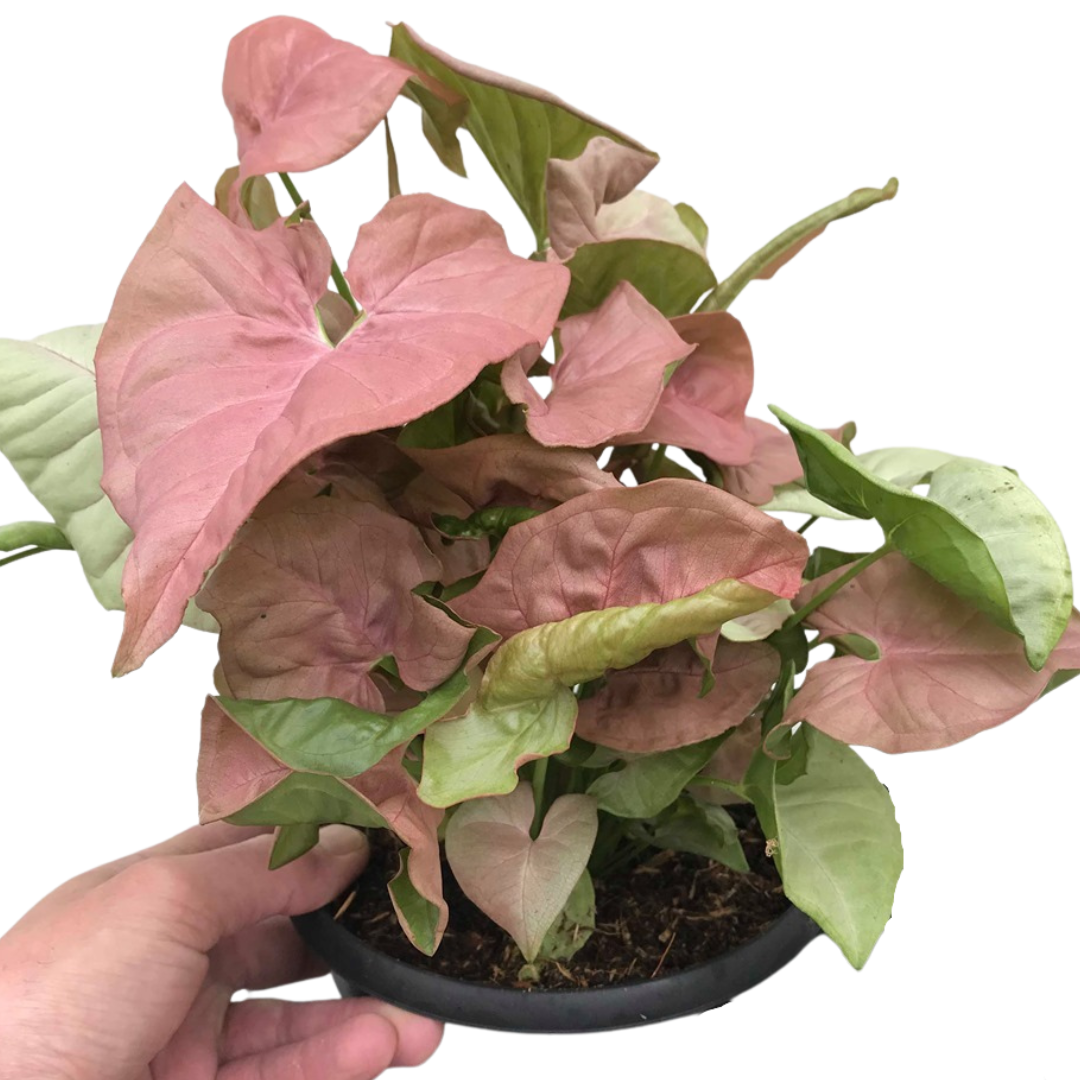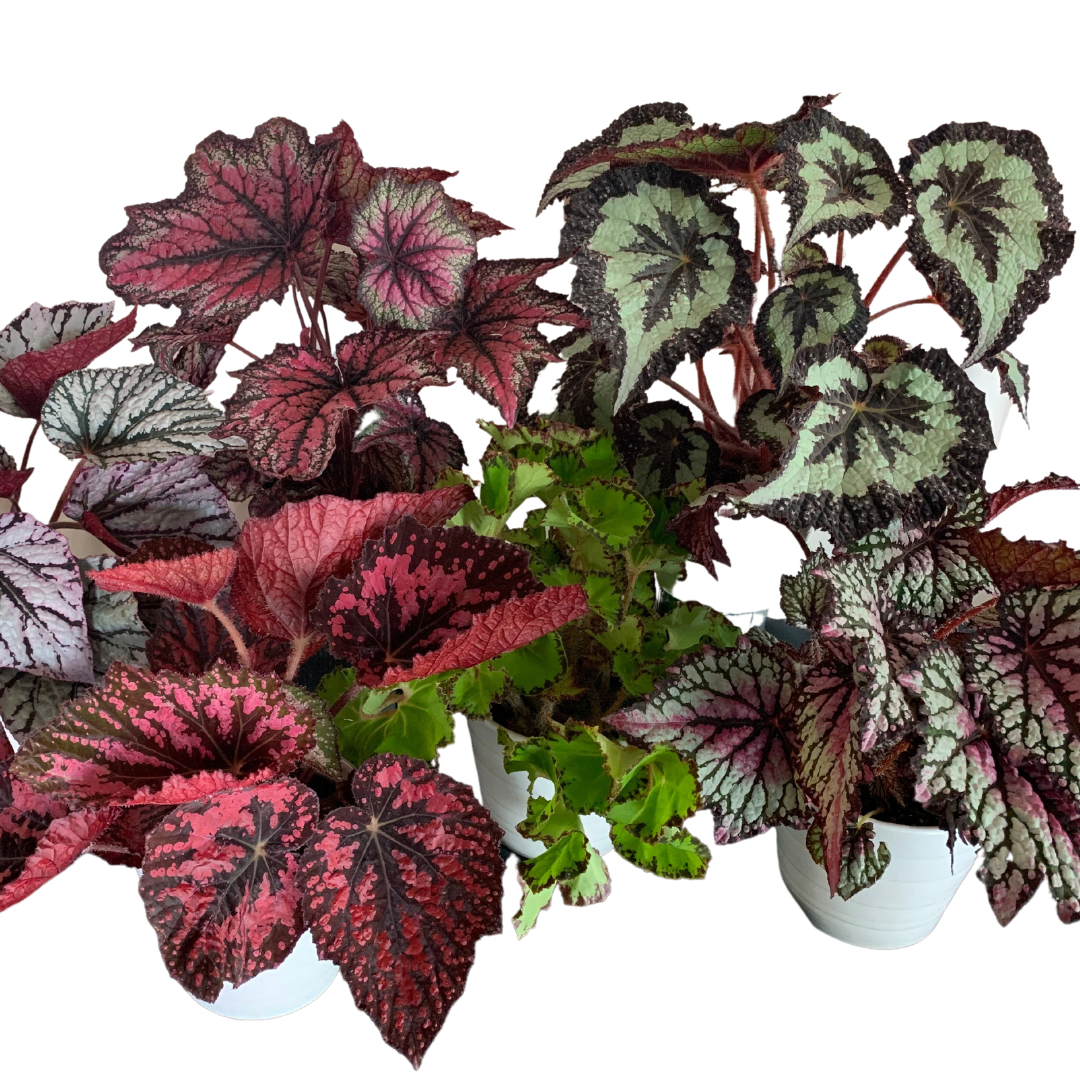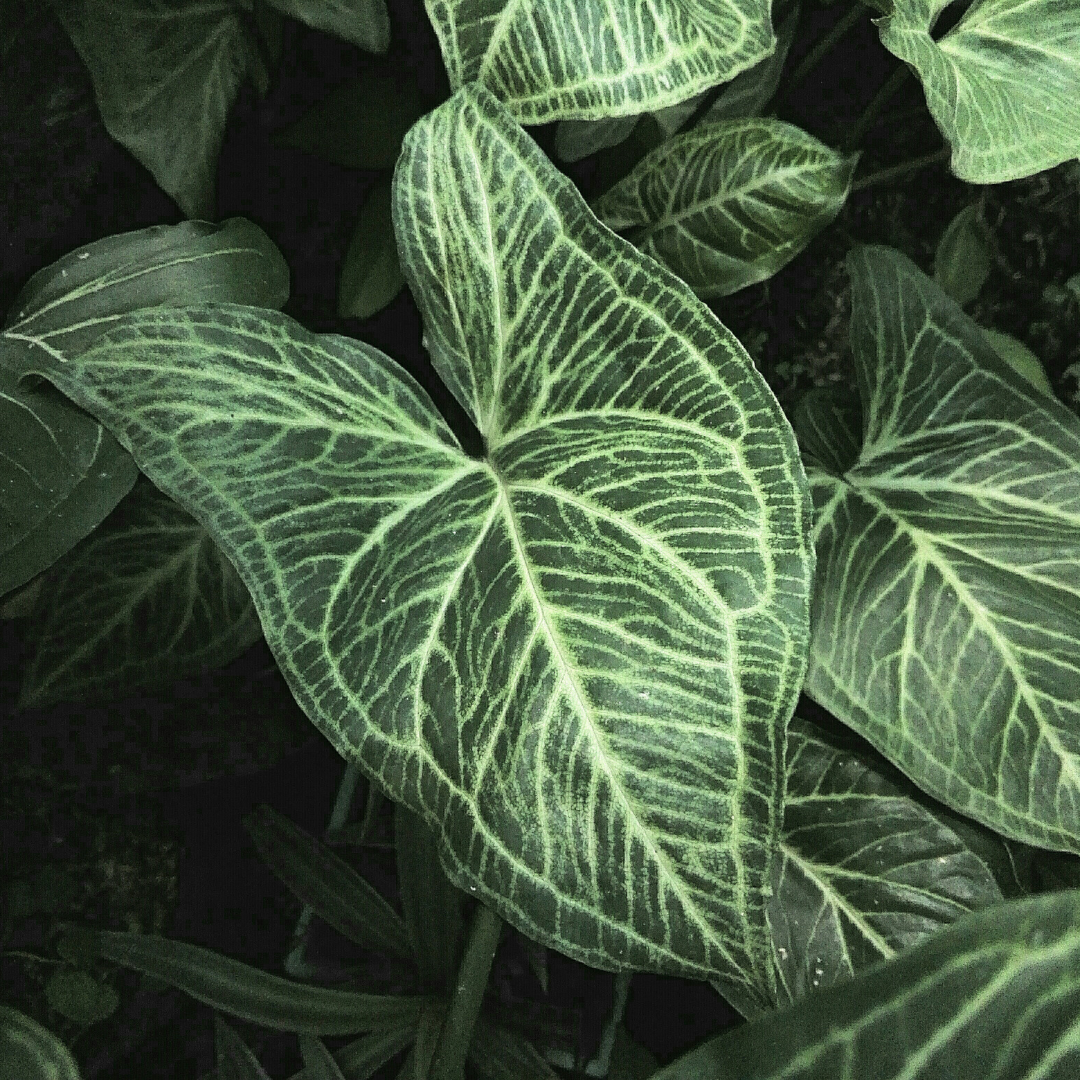Despite their creepy-crawly name, spider plants (Chlorophytum comosum) are among the most popular houseplants to grow. When grown indoors, these warm-weather perennials will survive less-than-perfect conditions, and they are stunning if you can closely mimic their native tropical environment of the coastal regions of South Africa by providing warm temperatures and humid air. Mature plants regularly send out long stems that bear small, star-shaped flowers. If the flowers are fertilized, a small fruit forms. Once the flowers fall off, tiny plantlets form in their place, which ultimately grow their own roots and can be snipped off to create new potted plants.
Watering: Prefers to remain moist without becoming soggy. Distilled, RO, or rain water is ideal as it can help prevent leaf crisping.
Light Requirements: Partial shade is ideal.
Humidity Needs: Moderate humidity over 50% is ideal.
Soil Preference: Loose, loamy [sandy] soil with good drainage.
Fertilizing: Will benefit from a full-strength fertilizer applied 2x/month during spring/summer months.
Repotting: Annually or once roots begin to fill pot or emerge from the bottom which can occur more frequently than once a year for young spiders. Will begin to stress and crash if root-bound.
Pet Safe: No
Common Issues: Crashing due to being root-bound, just be sure to repot as soon as you notice it's running out of space in its pot. Browning tips are also a common issue and is usually a result of salt or mineral build-up from tap water.

*Not intended to be a comprehensive list of varieties.
Leave a comment
Comments will be approved before showing up.






